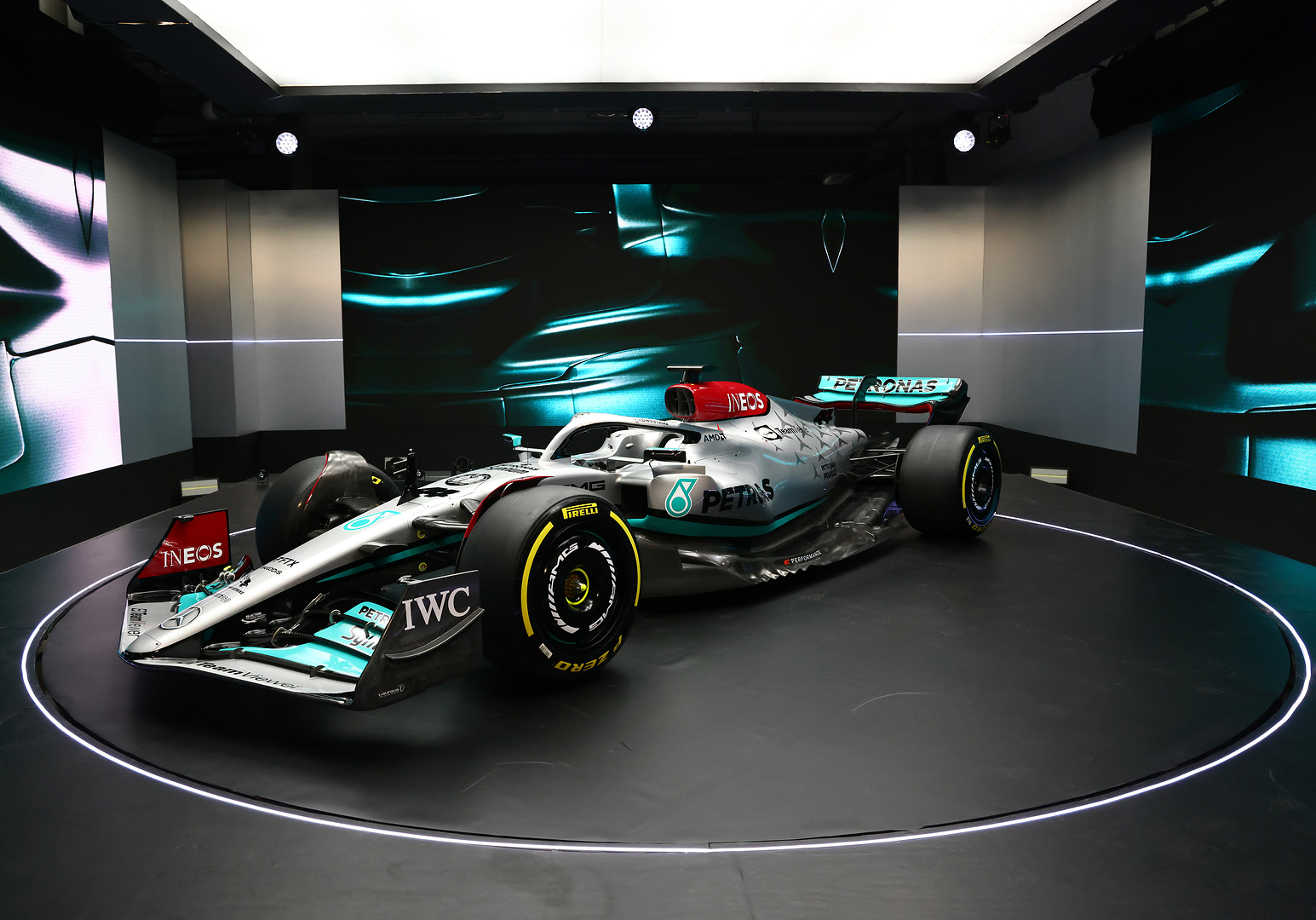Up Next

World champion team Red Bull Racing called the Formula 1 car it unveiled in New York on Friday the RB19.
But what went on stage in the American city was – as expected – a presentation of the 2023 livery, with some new sponsors, placed on the car of 2022.
Gary Anderson’s view

It’s obvious from Red Bull’s launch of what it calls the RB19 that it thinks we are all idiots. What a waste of time, effort and money for all concerned.
Being honest about what it was doing in New York would be very easy because it was simply done to release the news about Ford.
Perhaps I’m wrong, but the fact that unfortunately it couldn’t even get it right about whether Stefano Domenicali was in the building might just show that the Red Bull people in attendance think it was an RB19 that was on show.
Unless it releases anything extra from a shakedown, Red Bull will unveil the real RB19 at the tests that begin on February 23 in Bahrain.
Red Bull had already disappointed fans – eager to see the first ground effect Red Bull designed by Adrian Newey – by presenting at its 2022 launch a mock-up car almost identical to the one shown by the FIA to announce the new rules, but still calling it the RB18.
Introducing the lean, mean, #RB18 🔥 #F1 pic.twitter.com/8RldKjT4cE
— Oracle Red Bull Racing (@redbullracing) February 9, 2022
We only saw the real RB18 at the pre-season tests in Spain, and then saw a further version with updated sidepods at the subsequent tests in Bahrain, but only on the last day.
Hiding definitive aerodynamic solutions until the end of testing is a habit more and more teams are getting into. For example, Racing Point in 2020 presented a totally different car at its launch to the one that then went on the track (and which was a copy of the 2019 Mercedes). And Mercedes itself last year used two completely different cars in pre-season, only taking the ‘zero-sidepods’ version of the W13 to the second test in Bahrain after launching with a much more conventional-looking car.

Returning to Friday’s Red Bull, the ‘RB19’ car shown onstage and in digital renders had little to do with the real 2023 design.
Even Max Verstappen wasn’t hiding it. When asked in his later media session what he’d seen of the actual car that would be used in testing, he replied “to be honest I haven’t seen it” just four hours after standing next to a car with a big RB19 sign above it.
“I’ve only spoken about the performance upgrades in terms of laptime and the behaviour of the car,” Verstappen added. “But I haven’t seen any pictures or renders because I’m not interested in these kind of things, I only want a fast car and it doesn’t matter how it looks to me.”
Team principal Christian Horner was slightly subtler, saying “what you’ve seen today isn’t a total reflection of what will hit the track in a few weeks’ time” and declaring the event was “really about launching the team’s aspirations for the year ahead” rather than revealing the 2023 car.
In reality, what was shown is an RB18, and not even a very realistic one. The floor edge is too simple, with a single line, while we saw that in 2022 the shapes were full of ribs and slots to increase downforce and reduce porpoising.
The car in the render doesn’t even comply with the 2023 regulations, as it was shown with the 2022 version of the mirrors. In 2023 they will be larger and simplified for safety reasons.

The RB19 is still likely to be a clear direct descendant of the RB18, and have a lot of visual similarity.
However, there will be a further aerodynamic step, as that is the real point at which teams can extract performance from cars whose engine specs are now frozen until the end of 2025.
The new rules that impose higher floors will be almost imperceptible though, and will not make the 2023 F1 cars visually very different from the 2022 ones.
Red Bull’s only weak point for 2023 is that its windtunnel and simulator hours are down to 63% of the maximum allowance, due to both the sliding scale testing restrictions designed to help struggling teams and the penalty for its cost cap breach.
But we’ll still see a lot more development and change in the design than was evident in the launch car, as the New York event really ended up being all about drawing attention to the Ford partnership that will begin in 2026.




